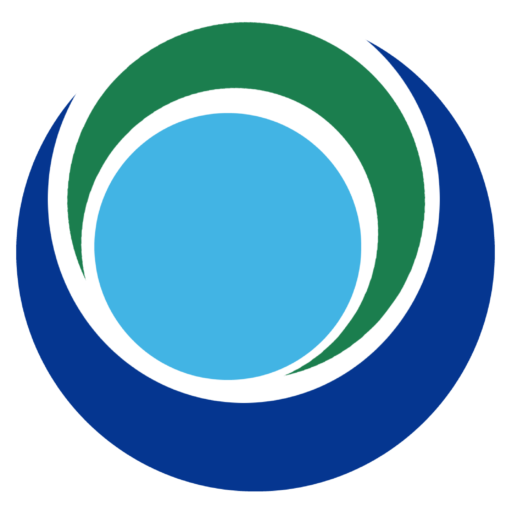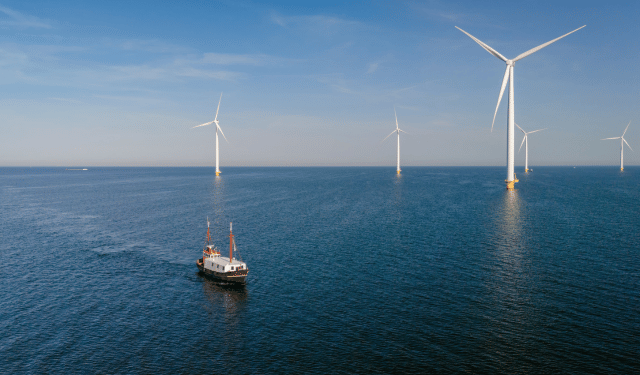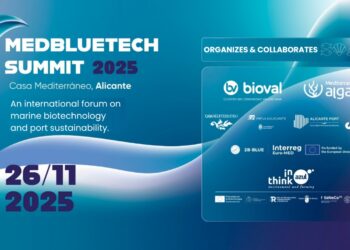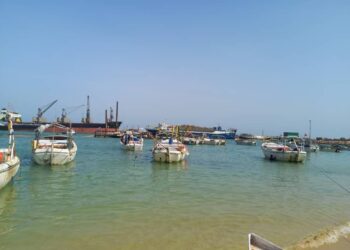Artificial barriers in offshore wind energy: a promising habitat for marine species – The growing debate on offshore wind energy, between uncertainties and certainties, increasingly involves stakeholders. A recent study from Wageningen University has provided new insights on this topic. The research introduced artificial barriers around the Borssele 1&2 offshore wind farm in the North Sea, with promising implications for marine life.
The artificial barriers installed near offshore wind farms could significantly contribute to the creation of suitable habitats for marine species. In particular, the introduction of artificial barriers in the Borssele 1&2 wind farm has attracted a considerable number of Atlantic cod. Published in *Royal Society Open Science*, the research highlighted the potential of these structures to increase marine biodiversity.
In 2020, four artificial barriers were installed at the Borssele 1&2 wind farm, consisting of 45 concrete tubes of varying sizes. Since their installation, more than 70 Atlantic cod have been caught, equipped with acoustic transmitters, and subsequently released into the sea. Sixteen receivers were placed around the artificial barriers to monitor the tagged fish and track their movements over time.
The study’s findings reveal that most fish stayed close to the barriers, both inside and around the concrete tubes, suggesting that these structures play a crucial role as feeding and shelter areas. The artificial barriers proved more attractive to cod compared to the stones used for erosion control around the wind farm’s monopiles.
The larger openings provided by the artificial barriers offer a safe refuge for the cod, promoting long-term habitation. The barriers were installed on both rocky layers and sandy seabeds, attracting cod equally, regardless of the type of foundation.
Although wind farms can negatively impact marine life during their construction and operation — due to underwater noise, electromagnetic fields generated by power cables, and habitat degradation — there are also potential positive outcomes. According to Benoît Bergès, lead researcher at Wageningen Marine Research, artificial barriers can help create suitable habitats for some North Sea species. Further investigations into food availability and the energy consumption of fish around these barriers could determine whether such structures indeed lead to increased fish production, benefiting fish populations.
This study highlights the possibility of harmonizing renewable energy infrastructure with marine conservation efforts. As offshore wind energy continues to develop globally, initiatives like this could offer a model for balancing ecological preservation with sustainable energy production.
Artificial barriers in offshore wind energy: a promising habitat for marine species







